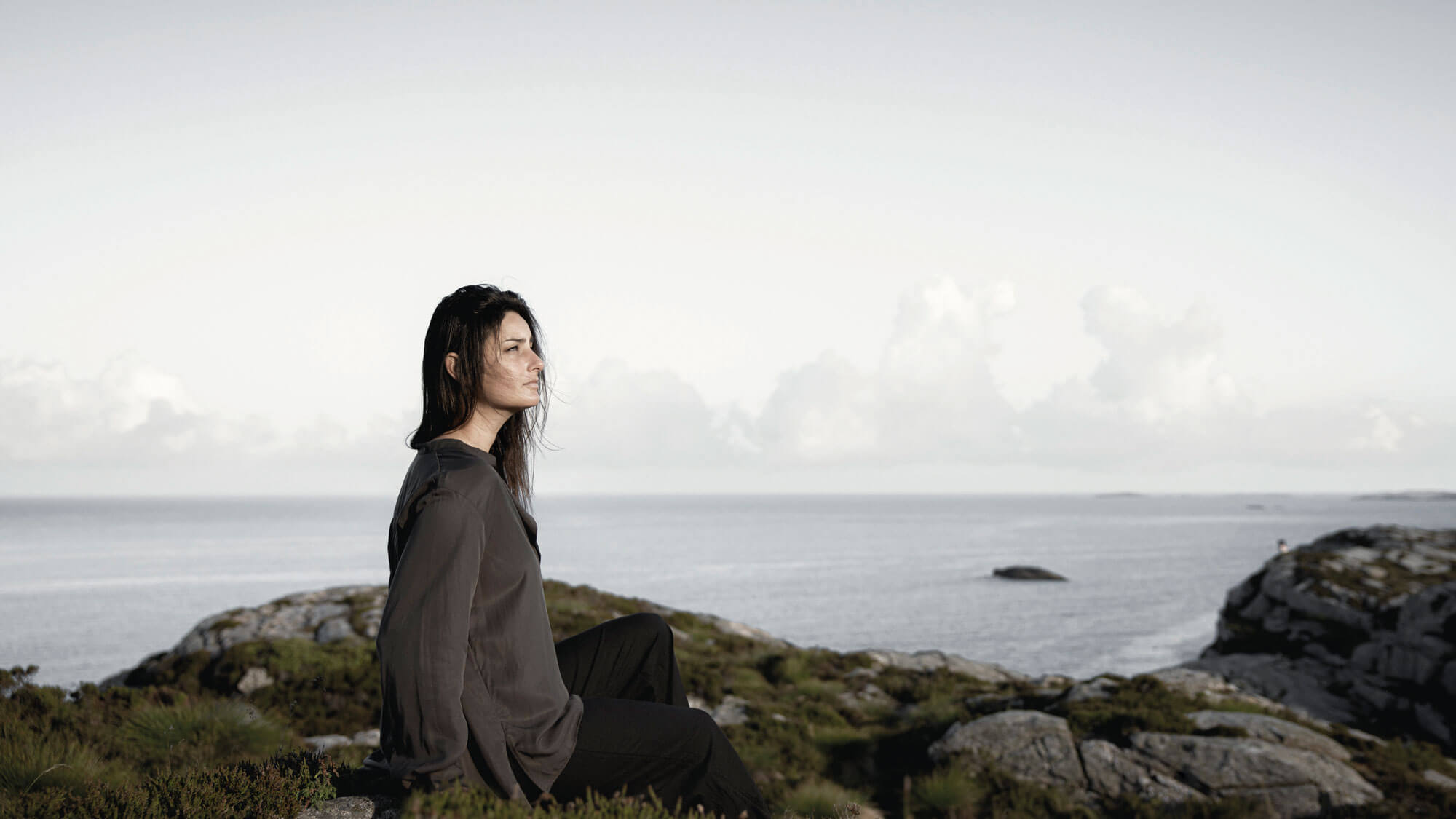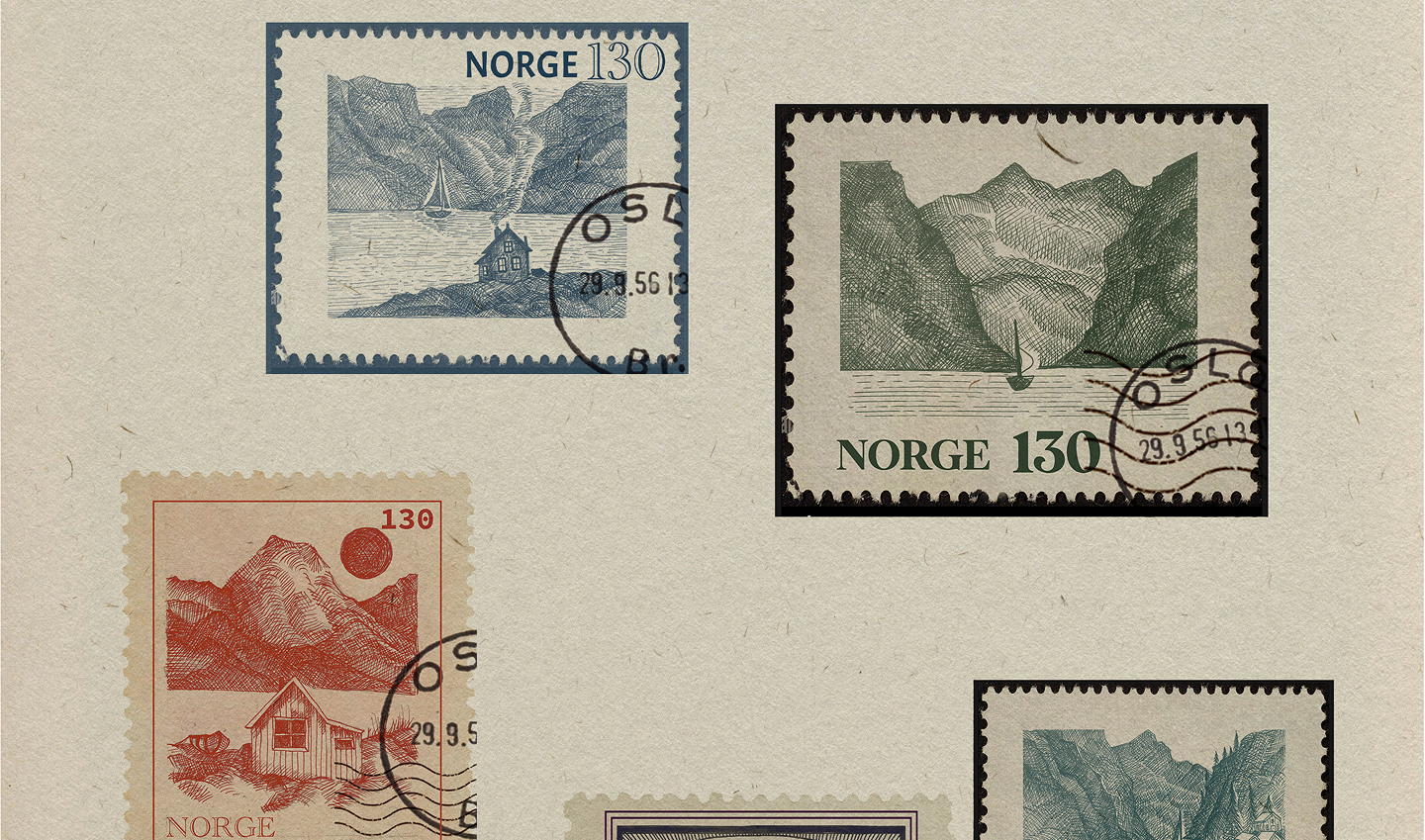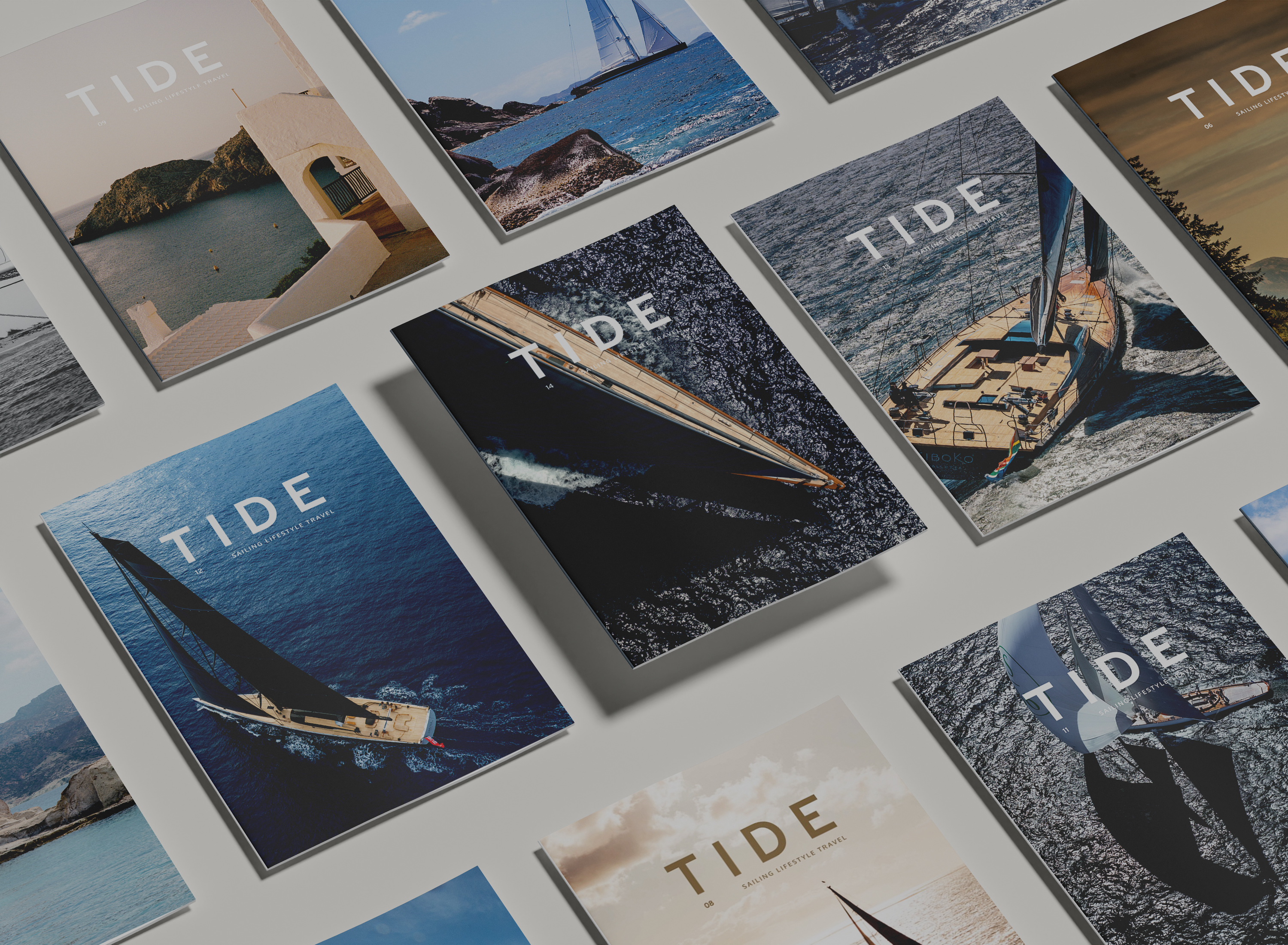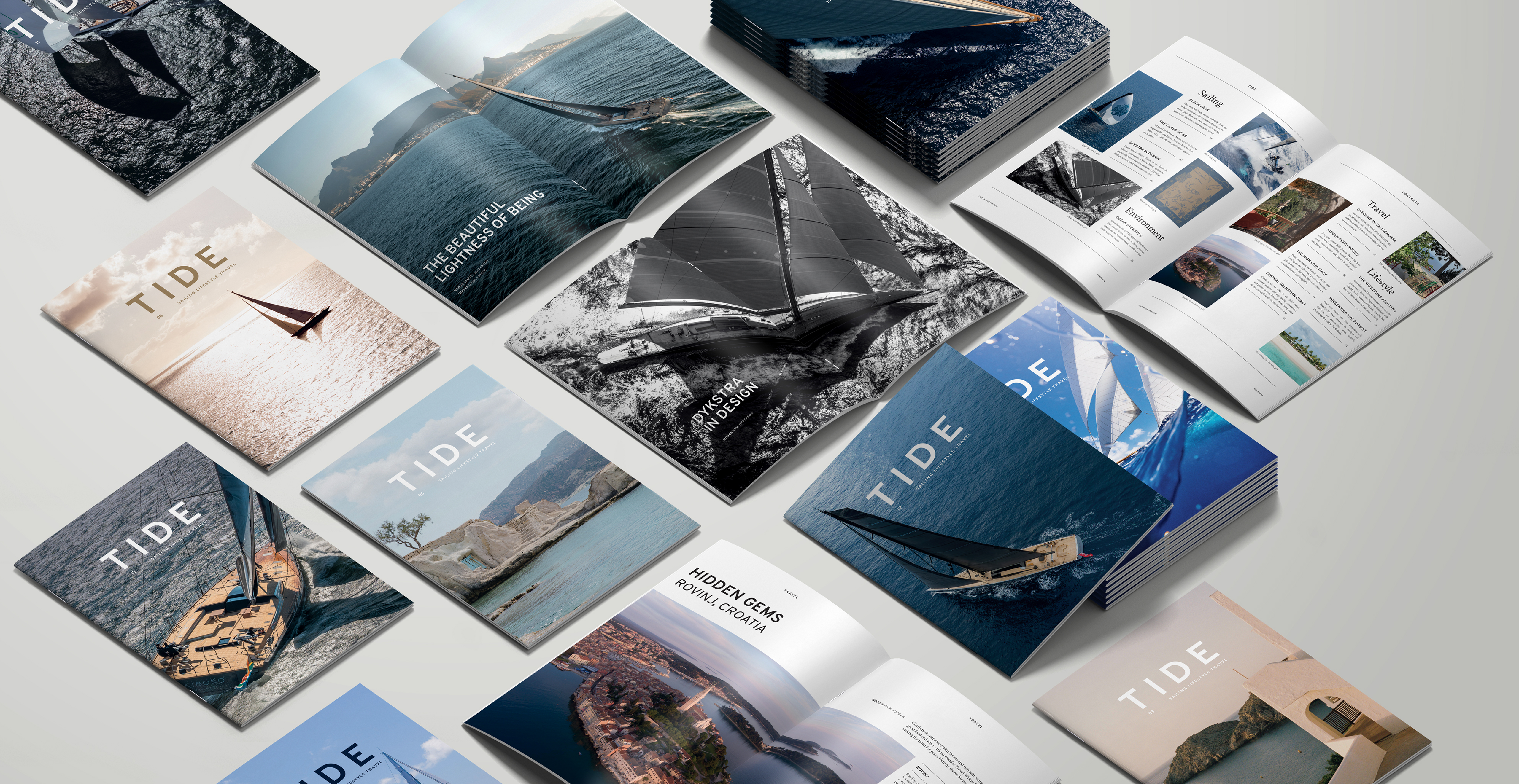In a world grappling with the early devastating effects of a warming climate, the maritime world stands apart as an oft-overlooked contributor. Out at sea, away from critical eyes, marine transport has long exerted a significant impact on the environment, often hidden beneath the surface of economic growth.
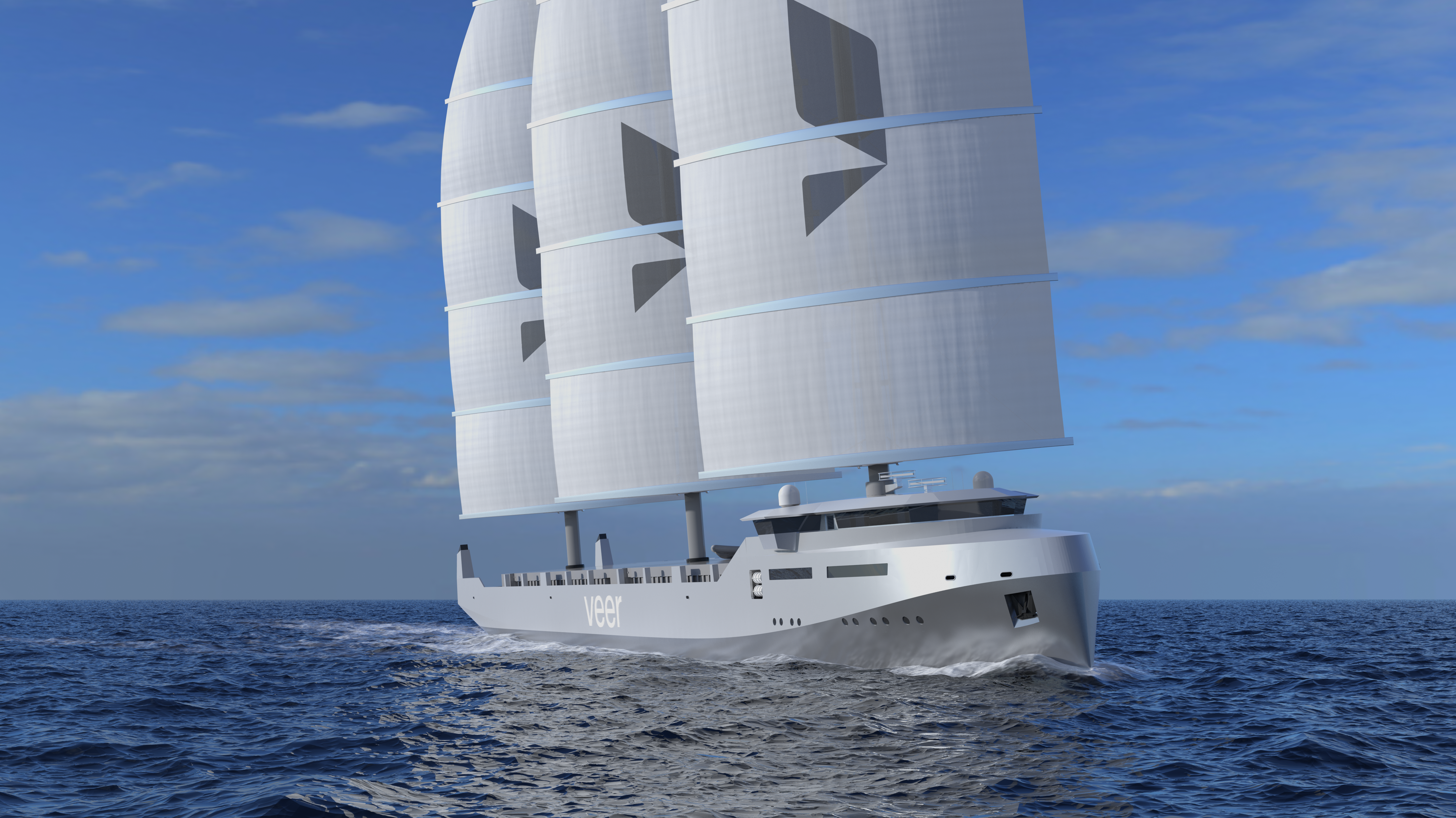
However, as ships crisscross our oceans, their operations emit substantial greenhouse gases, contribute to air pollution, and pose dire threats to our fragile marine ecosystems. In the last three decades, the volume of international maritime trade has increased significantly, and while it is one of the most energy-efficient modes of transport, it is also a growing source of concern: by 2019, emissions from this sector had increased by 34 per cent compared with 1990—the fastest growth in the whole transport sector, alongside aviation, and the only sector in which emissions have risen since 1990.
Within this sphere is the world of cargo shipping, responsible for moving 90 percent of all goods—a colossal task valued at over $1 trillion.
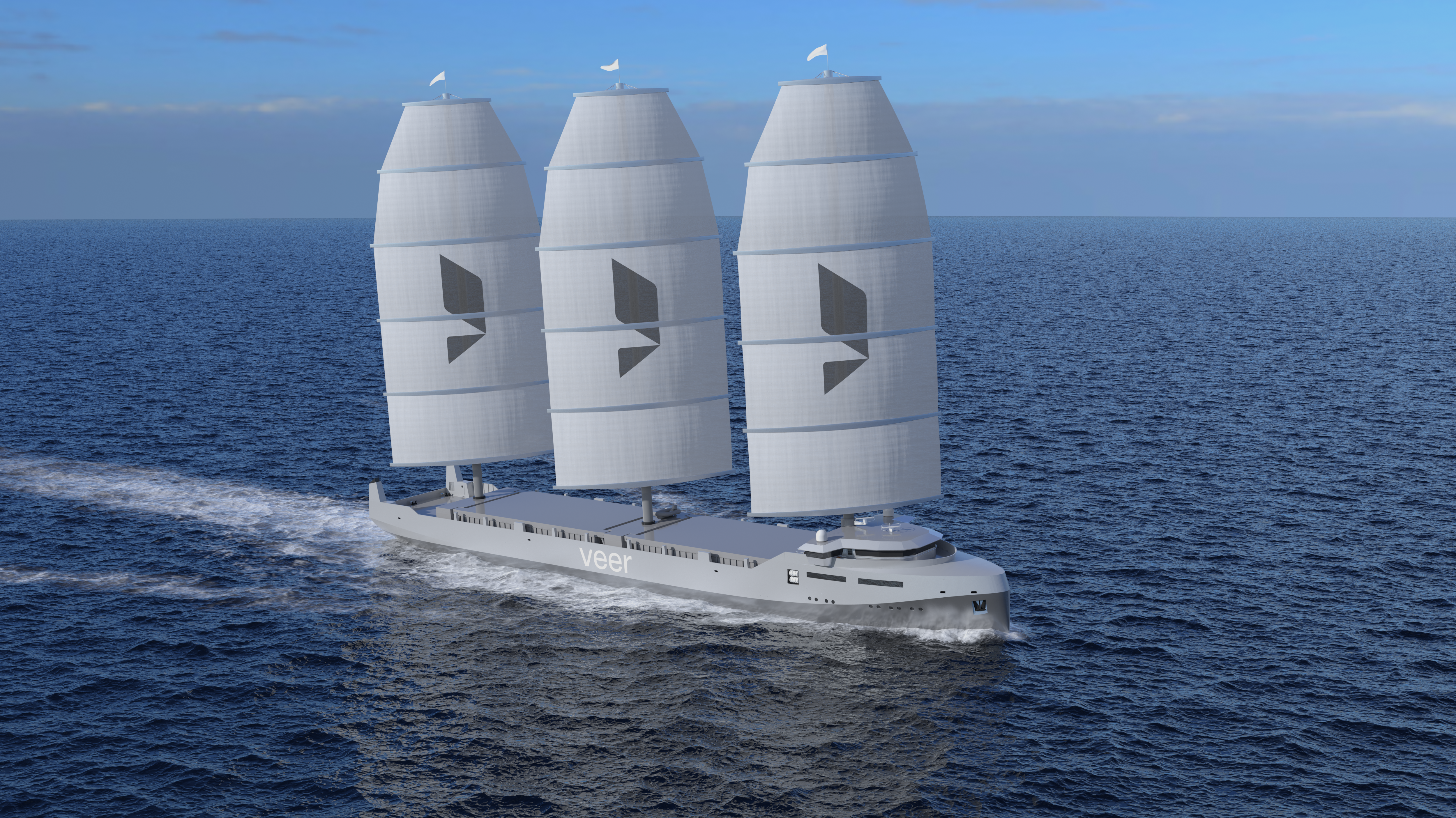
Considering the relentless impact of conventional ships on the environment, one might expect a sombre narrative. However, Danielle Southcott is optimistic. She is the Founder and CEO of Veer, a pioneering force with a resolute vision to revolutionise cargo shipping and foster a cleaner, greener future. At the heart of her ethos lies the development of a ground-breaking sailing cargo ship, one powered primarily by wind, complemented by clean hydrogen fuel cells, to propel vessels across the seas.
“Clean, to me, means zero combustible fuel,” says Danielle. “There are no toxic, negative greenhouse emissions at all associated with the propulsion of this vessel. That means zero carbon emissions, zero sulphur oxides and zero nitrous oxides.”
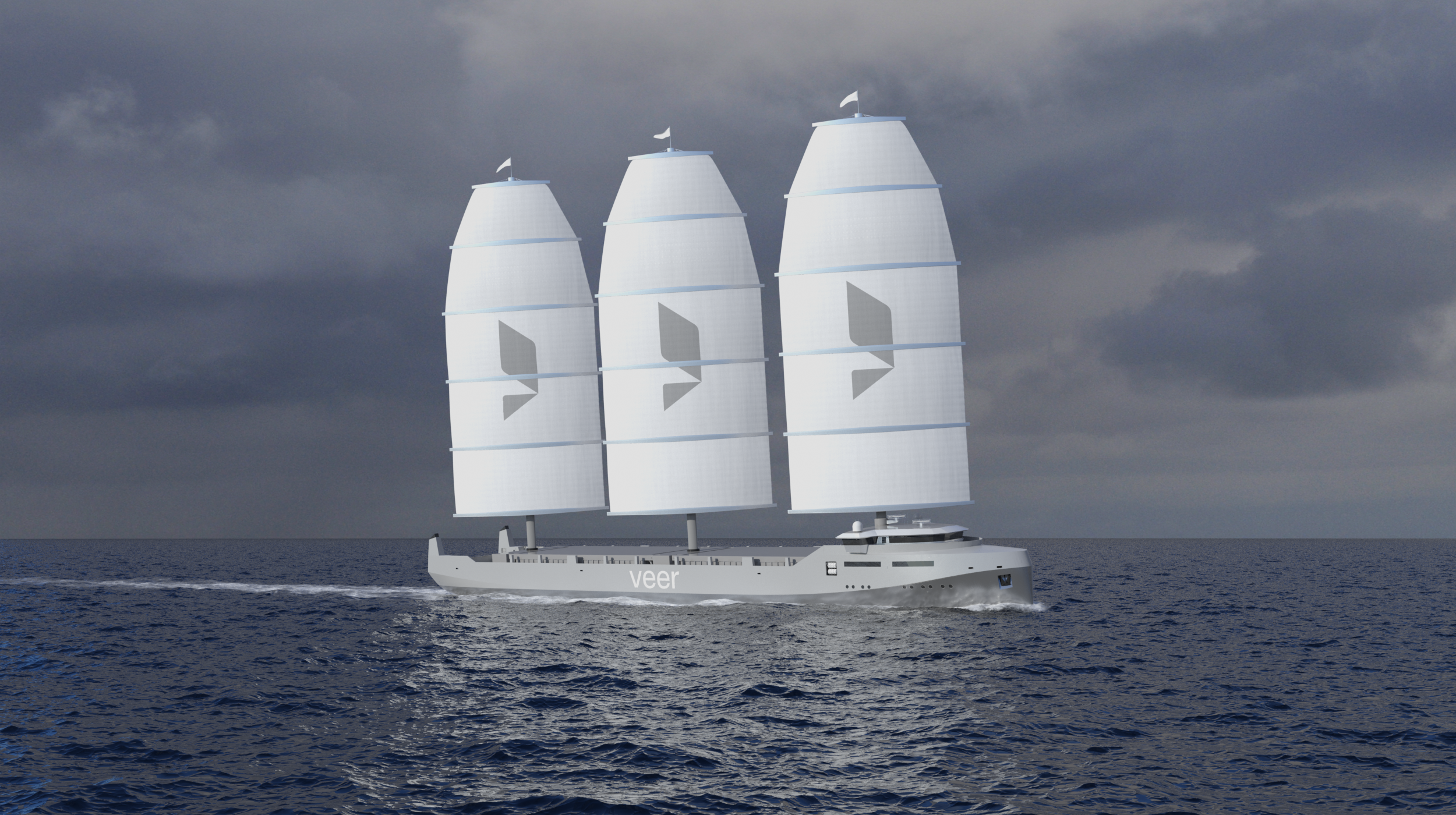
Their first design, aptly named Nº1, will eliminate 100 percent of fossil fuel use.
“A traditional cargo ship typically burns bunker fuel, which is the least-refined, lowest-grade fuel in the world. Ships’ fuel is so dirty and full of impurities that, in colder temperatures, it is solid enough to walk across. So, we are completely eliminating this.”
Danielle’s business energy is one of optimism, possibility and practicality, weaving each into a compelling narrative.
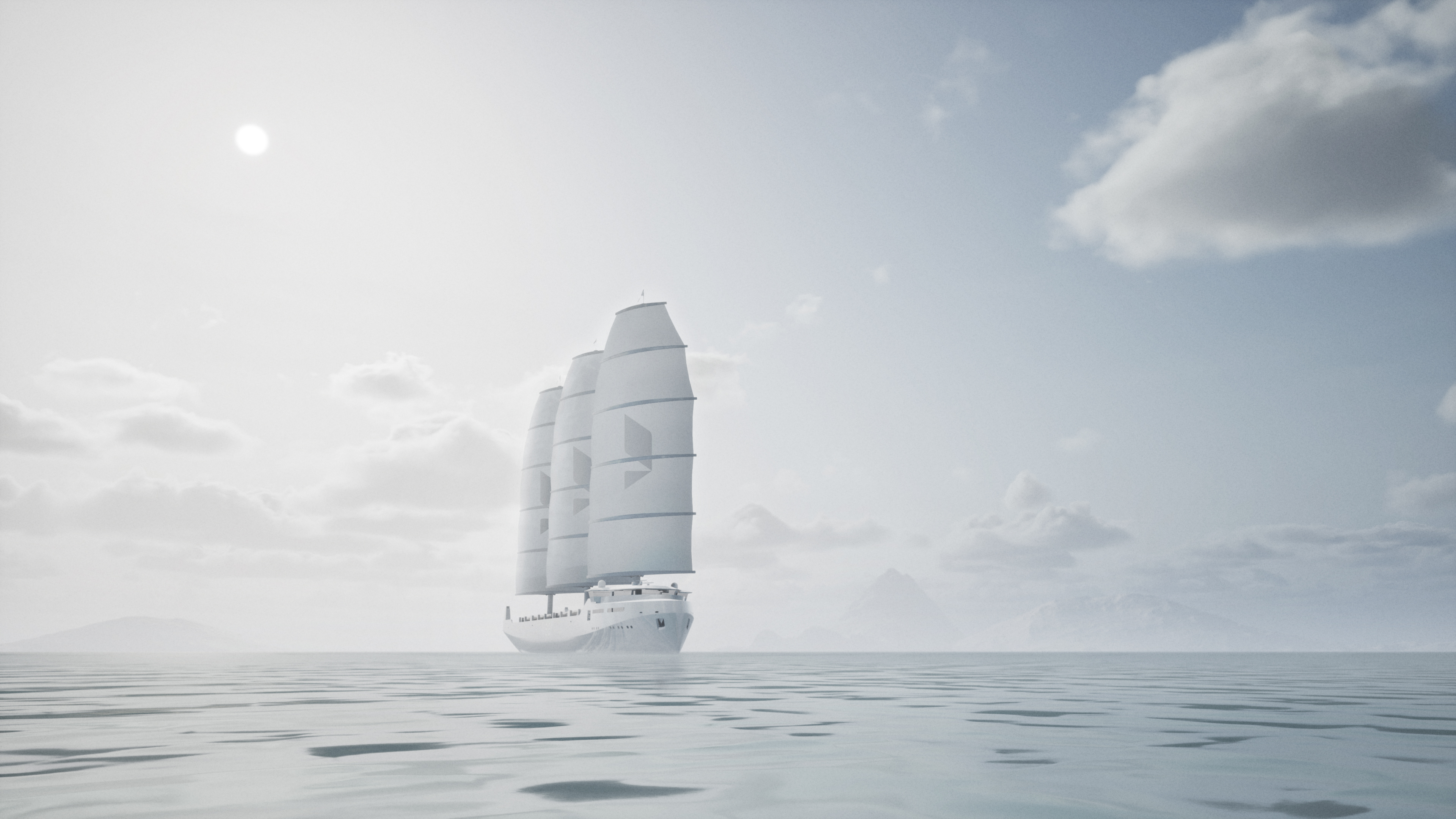
While her vision may appear ambitious, bordering on science fiction, the truth is far simpler. Danielle and her collaborators don’t seek to reinvent the wheel; instead, they leverage tried-and-tested technologies. Yet, overcoming the perception of novelty remains Veer’s greatest challenge.
“People just don’t believe it’s possible,” says Danielle. “They don’t believe it will be fast. They don’t believe it will be feasible. It’s partly because they don’t understand because… they think it doesn’t exist yet.”
But it does exist, made possible thanks to a clever fusion of proven tech and methodologies. “For the first time in over a century, we’re bringing workboat aspects back to performance sail. This hasn’t been done since the great grain sailors, the ‘Flying P-Liners,’ such as Peking and Pamir, or since the fishing schooners of the Grand Banks, such as Nova Scotia’s undefeated ‘Queen of the North Atlantic,’ Bluenose. With the help of naval architecture firm, Alan C. McClure & Associates, we’re once again intertwining cargo functionality back into cutting-edge sail technology. Veer’s design Nº1 is not only fast, she’s functional.”
Danielle also reached out to someone she had worked with in the past, Thomas Van Es, a naval architect at Dykstra, the firm responsible for the DynaRig of sailing yacht Black Pearl. Their experience and track record of designing large yachts and big sailing ships gave them an obvious advantage in understanding the challenges and consequences for Project Veer.
“It was a natural choice,” says Danielle, and Thomas agrees. “I met Danielle more than ten years ago now, and I know this idea has been on her mind since then. Back then, during the rigging of the sail training vessel Shabab Oman II, we discussed the study of the Ecoliner concept Dykstra Naval Architects had been working on for several years.”
Now, Danielle keeps them on track, helping them stay focused on the right sustainable choices, says Thomas. “This is not always very common in the conservative shipbuilding industry,” he says. “For example, the focus on the material resources - sustainable green production - and the circularity of the vessel.“
Veer doesn’t have any competitors, not really. Sailing cargo ships exist, but none possess the unique combination of wind propulsion and green hydrogen fuel complemented by cargo capacity. In fact, since the invention of container shipping in 1956, there hasn’t been a true revolution in the shipping industry.
“That means that, despite growing ever more massive, most of the fundamental design of these ships are iterations of World War II technology. That also stands true for the business model. So, what Veer is doing is differentiating shipping as a service. We’re changing shipping from being a commodity service rife with inefficiencies, and we’re saying ‘hey, let’s bring a little competition back into shipping. Let’s see how we can shake it up a bit.’’
With the sails of innovation set and vision firmly in place, Nº1 is steadily charting its course toward a sustainable maritime future. Veer’s engineering team is currently finalising tender packages to circulate to shipyards this summer. “We aim to sign a build contract with a shipyard by the end of this summer. We have already toured several shipyards and have met in person with lead representatives from nine shipyards. We are very excited to sign a construction contract and begin building the world’s first clean container ship capable of crossing oceans.”
They aim to launch her in the fourth quarter of 2024. Once she’s been deployed, Veer’s work will expand to include a robust research and development aspect, a ‘nursery’ for new ideas that will be tested and deployed across their fleet of clean ships that they can then offer to the global fleet to adopt as desired.
As Veer sails towards its next phase of realization, it serves as a beacon of hope and a catalyst for change in a maritime world yearning for transformation. By showcasing the feasibility and practicality of clean propulsion methods, Veer is poised to influence the wider sector, setting a new standard for responsible maritime practices. Their collective efforts stand as a testament to the power of innovation, collaboration, and a shared vision. With every wave of progress, the vision of Danielle Southcott and her team at Veer brings us closer to a brighter, cleaner maritime world - a future we can embrace with optimism and determination.


